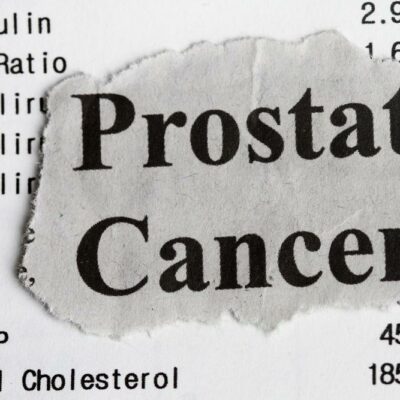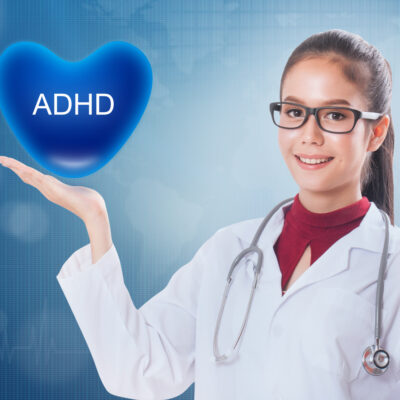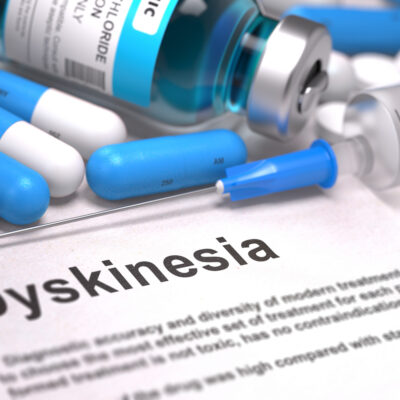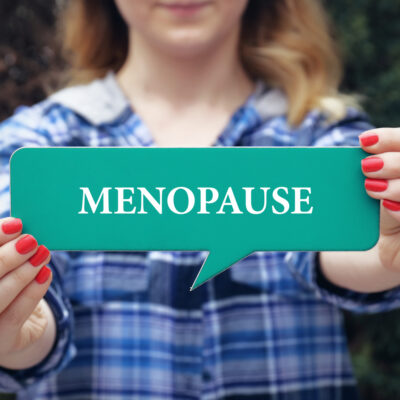
Health
Understanding The Top Risk Factors For Prostate Cancer
As the research to evaluate the factors influencing prostate cancer deepens, newer and unknown aspects begin to surface. A majority of these factors are undergoing constant research regarding the degree to which they likely cause prostate cancer. Nevertheless, these factors have shown some chances that they contribute to prostate cancer. These are: Inflammation Some studies have claimed prostatitis as one of the top risk factors for prostate cancer. The inflammation of the prostate gland may cause prostate cancer, though no evidence is available yet. However, inflammation is seen in cancerous prostate tissue samples. Hence, there is a faint chance of inflammation leading to prostate cancer. Sexually transmitted diseases Gonorrhea and chlamydia may increase the risk of prostate cancer since they cause prostate inflammation. And many cancerous prostate tissue samples have inflammation. However, this factor is also open for research with nothing evident, as yet. Chemical exposure Firefighters and those working in industries that emit a lot of chemicals face a greater risk of developing prostate cancer. Another study claims that there is a link between prostate cancer and the chemical Agent Orange, a herbicide containing the deadly chemical dioxin. It’s prepared using plant-killing chemicals. Breathing in Agent Orange or ingesting it through contaminated food and drinks or absorption through skin and eyes — all contribute to the likelihood of prostate cancer.
Read More 















